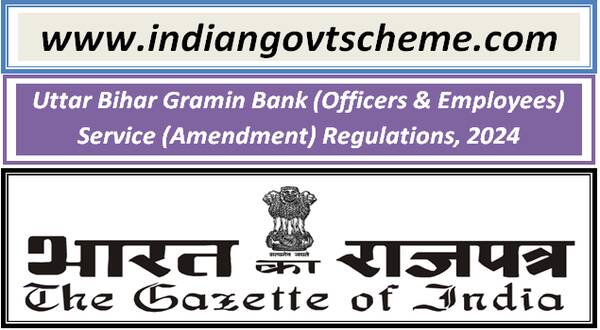नोट :- हमारे वेबसाइट www.indiangovtscheme.com पर ऐसी जानकारी रोजाना आती रहती है, तो आप ऐसी ही सरकारी योजनाओं की जानकारी पाने के लिए हमारे वेबसाइट www.indiangovtscheme.com से जुड़े रहे।
Review the pension scheme for employees
Review the pension scheme for employees
The federal government’s decision to review the pension scheme for its employees must not come at the cost of prudent fiscal management, economists told Reuters on Tuesday.
They feared that a higher share of government revenues going towards salaries and pensions will compromise development expenditure.
The centre’s decision to review the pension system – a committee for which was set up last week – follows a move by a few large states to revert to an older scheme.
Under this scheme, the burden of funding pensions fell on the government with no contribution from the employees.
“Questions of fiscal sustainability and intergenerational equity need to be at the core of the review,” said Radhika Pandey, senior fellow at the National Institute of Public Finance and Policy (NIPFP).
The federal government’s fiscal deficit, targeted at 5.9% of gross domestic product (GDP) in fiscal 2024, is higher than the medium-term target of 4.5%.
The country’s debt-to-GDP ratio of close to 84% of GDP is also well above the 60% recommended by the Fiscal Responsibility and Budget Management Review Committee in 2018.
Nearly 41% of the government’s revenue receipts go towards interest payments and another 9% goes towards pensions, squeezing space available for other spending.
The federal government cannot afford any change in the pension scheme, which would add to its fixed liabilities, said Govinda Rao, former member of the 14th Finance Commission.
There is no reason to go back to the old pension scheme or a defined benefits scheme and “any decision on this will be purely political,” said Rao.
States that have decided to move back to a plan commonly known as the old pension scheme include Rajasthan, Jharkhand, Chattisgarh, Himachal Pradesh and Punjab. Maharashtra and Tamil Nadu have said they are reviewing their options.
The federal government and most state governments replaced the old pension scheme with the National Pension Scheme (NPS) in 2004, under which employees and the government shared the financial burden.
The NPS is a voluntary retirement savings scheme requiring employees to contribute 10% of their basic salary, while employers contribute up to 14%. In return, employees get an annuity when they retire based on their contributions.
States that have opted for this scheme already have a large share of their revenue going towards salaries and pensions, said NR Bhanumurthy, vice chancellor of the BR Ambedkar School of Economics in Bengaluru.
Any return to the old pension scheme will compromise developmental expenditure, he added.
The state of Andhra Pradesh adopted a middle path – it is continuing to ask employees to contribute towards their pensions but is also guaranteeing a pension equivalent to 33% of the last drawn basic salary.
“The question of guaranteed return is fraught with arbitrariness,” said NIPFP’s Pandey. “They run the risk of making the system complex.”
Any such move will also benefit a very small section of government employees, as nearly 90% of India’s workforce is employed in the informal sector where there are no such benefits.
“Instead, to fund something like this, you would tax the rest of the workforce further,” said Rao.
Source: https://www.reuters.com/world/india/indias-pension-scheme-review-must-prioritise-fiscal-prudence-development-2023-04-11/
*****

